This is a hypothetical situation.
I would like to find out if it's possible to expose a C# class to VBA in a document-level add-in.
Here's an SSCCE:
In VS PRO 2012 I have started a new project, Selected Office -> Excel 2010 Workbook. (make sure you select .Net framework ver 4)
I have added a DateTimePicker control to Sheet1.
I can set/get the .Value property off the DateTimePicker control within the C# solution without a problem.
While debugging: In VBA, the .Value property is not exposed. (tried .OLEFormat.Object.Value)

Not all properties can be exposed to VBA because the ActiveX control DateTimePicker is wrapped by MSForms so Excel recognizes it (compatibility).
I need to be able to grab the actual value of the wrapped control from VBA, but I am not sure how go about it (whether it's possible or not)...
I know that the control itself supports events but this is not the path I want to take. I want to be able to grab the static/current value off a control.
This is what I would like to be able to do:
Add a class to my C# solution
Expose it, so it's recreatable from VBA like
Dim obj as new MyExposedClassthen have
MyExposedClassstore reference to theDateTimePickeras it appears in C# (all properties available)then I can define a function
GetValue(string controlName)which returns the Value from C# POV
So I found this solution + (this one)that seems to work with an application-level add-in but it does not work with a document-level add-in.
When I debug my solution and open VBA's Object Browser I can see that references are automatically added to Microsoft Visual Studio 2008 Tools for Office Execution Engine 9.0 Type Library but I don't think I can add an extra class to it...
When I open the references in VBE there are no extra references added into the project but in the /debug folder of my solution there is a ExcelWorkbook1.dll so how it that even attached to the solution?
So my question is:
How can I expose a class in a document-level add-in for Excel using C# to extend the range of properties accessible by default on .Net controls?
Update:
This is the closest I got so far but it only allows you to expose the host item like Worksheet, Workbook, Chart etc. It allows you to call the methods though so I am going to investigate this further and come back with some feedback
Calling Code in Document-Level Customizations from VBA
